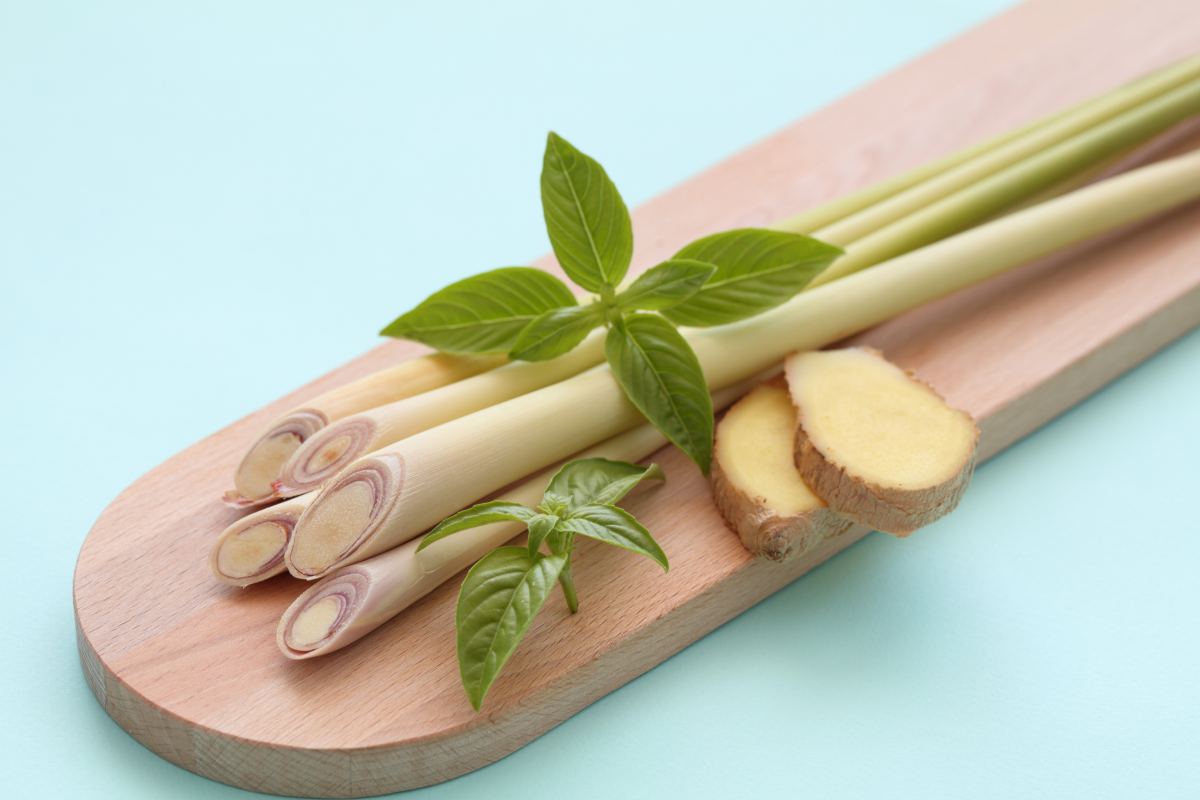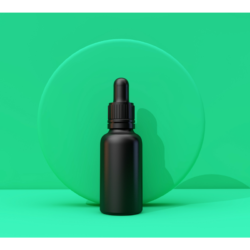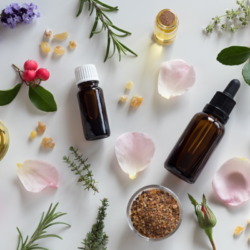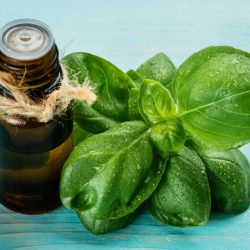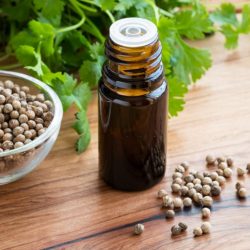Lemongrass, whose botanical name is Cymbopogon flexuosus, belongs to the Poceae family (Gramineae). Its essential oil-producing organs are its herb (aerial part) and its rhizomes. Its mode of action is based on Geranial or citral a (or trans-citral) and Neral or citral b(cis-citral), which are isomers. They are anti-cancer, sedative and anti-viral.
Lemongrass, the emblematic plant of Madagascar, is often confused with citronella due to the presence of several species. Found in Madagascan gardens, this plant has long been used for its soothing and sleep-inducing properties. Lemongrass infusions are renowned for their calming effect and ability to improve sleep. However, it’s important to note that each variety of Lemongrass has unique properties that set it apart from the others.
A little history
Lemongrass is an herb that has been used for thousands of years in Asian cuisine and traditional Indian medicine. Lemongrass, also known as lemongrass, Indian lemongrass, Madagascar lemongrass or Java lemongrass, is a tropical herbaceous plant (grasses) grown for its aromatic (lemon-flavoured) stems and leaves. This herbaceous plant has long, upright, linear leaves, 90 cm to 2 m long, with rough, sharp edges and a pale bluish-green colour. Stems are hollow, bulbous at the base and wrapped in leaf sheaths.
Lemongrass is a widespread plant in Madagascar, often confused with citronella. It can be found in many gardens, where it is used to make infusions considered to be calming and sleep-inducing. In fact, it should be called citronella, as there are many varieties with different properties. All these lemons are varieties of ‘Cymbopogon’, a family of herbaceous plants that give off a warm, lemony aroma.
One of the most widespread in Madagascar is the citronella known as “Indian Verbena”(Cymbopogon citratus), which has a calming and sleep-inducing effect, and whose essential oil is used in preparations to combat cellulite. Lemongrass (Cymbopogon flexuosus) is a closely related plant that produces an almost identical essential oil. Another citronella is Ceylon citronella (Cymbopogon nardus), which has a repellent effect on mosquitoes. All three plants are found in the Moramanga region.
A little further afield, and particularly in the Ambanja region (on the north-west coast of Madagascar), we find Palmarosa(Cymbopogon martinii). In Europe, the best-selling essential oil comes from Java citronella(Cymbopogon Winterianus), which does not seem to be grown in Madagascar.
Depending on the country where it is found, lemongrass may have tiny pale yellow flowers or be completely sterile. Once the flowers have grown, they give rise to small dried fruits. The natives of Malaysia consume decoctions of leaves and roots reputed to relieve urinary disorders and stomach upsets. Lemongrass is also a traditional ingredient in Thai and Malaysian cuisine.
In eastern India and Sri Lanka, lemongrass was historically used to make soups, curries and a drink called “fever tea”. In China, it had similar uses. It is believed that the properties of the plant and its essential oil began to spread rapidly in 1905, when a Sri Lankan researcher by the name of J.F. Jovit acquired several plants of “Malabar grass” (another name for lemongrass) from southern India and grew them on a farm for research purposes.
What are the different varieties of Lemongrass?
There are several varieties of Lemongrass, each with its own unique properties. The most common varieties are Cymbopogon citratus, Cymbopogon flexuosus, Cymbopogon nardus and Cymbopogon winterianus. Cymbopogon citratus, also known as Indian Lemongrass, is a popular variety used in cooking and traditional medicine in South-East Asia. This variety has anti-inflammatory and antioxidant properties, and is often used to relieve joint and muscle pain.
Cymbopogon flexuosus, also known as East Indian Lemongrass, is a variety rich in active compounds such as citral, geraniol and limonene, giving it antibacterial and antifungal properties. Cymbopogon nardus, also known as Ceylon Citronella, is a variety cultivated mainly for the production of essential oil used in perfumery and as a natural insect repellent. Finally, Cymbopogon winterianus, also known as Java Lemongrass, is a variety rich in citronellal, an active compound used in the manufacture of perfumes and insect repellents. Each variety of Lemongrass has unique properties, making it an interesting choice for a variety of uses in traditional medicine and aromatherapy.
What are the pharmacological properties of Lemongrass rhizome essential oil?
Lemongrass rhizome essential oil is a precious product with amazing pharmacological properties. The rhizomes, or roots, of the plant contain active compounds that give the essential oil its many health benefits. In this section, we’ll explore the different pharmacological properties of Lemongrass Rhizome Essential Oil and their impact on the human body. Discover how this essential oil can be used to improve your well-being and overall health.
Active against herpes:
Lemongrass essential oil has also shown promising results in the treatment of herpes. In fact, studies have revealed that this essential oil has anti-herpetic properties that can help inhibit the replication of the herpes simplex virus type 1. By using Lemongrass essential oil, you can help prevent herpes outbreaks and reduce symptoms such as pain and tingling. However, it is important to note that the use of Lemongrass essential oil for the treatment of herpes should be carried out under the supervision of a healthcare professional and should not be used as a substitute for traditional medical treatments.
Antibacterial properties :
Lemongrass has remarkable antibacterial properties. In fact, this plant can help fight bacterial infections thanks to its ability to inhibit the growth of certain bacteria. This property also includes antibiotic-resistant strains such as multi-resistant staphylococcus aureus (MRSA). Lemongrass’ antibacterial property is attributed to its content of active compounds such as citral, geraniol and limonene. By using Lemongrass essential oil, you can benefit from its antibacterial properties to combat skin infections, sore throats and urinary tract infections, among others. However, it’s important to note that Lemongrass essential oil should be used with caution and under the supervision of a healthcare professional.
Anti-cancer properties :
Lemongrass essential oil has amazing anti-cancer properties. In fact, this essential oil can help fight cancer thanks to its multiple targets. Studies have shown that Lemongrass essential oil is capable of inducing apoptosis, a process of programmed cell death, in cancer cells. It is also cytotoxic to human cancer cell lines, making it a potential treatment for several types of cancer.
Citrals, the active components of Lemongrass essential oil, have anti-cancer properties, particularly against skin tumours. However, any use of Lemongrass essential oil as part of cancer treatment must be under the supervision of a health professional and should not replace traditional medical treatment.
Other properties :
- Sedative, calming for the nervous system
- Febrifuge
- Insect (mosquito) repellent
- Anti-inflammatory
- Anti-allergic (citrals)
- Vasodilator, hypotensive
- Mucolytic, lipolytic
Summary table of uses for Lemongrass essential oil
Lemongrass essential oil is a versatile component in aromatherapy, renowned for its many applications in skin care, insect repellent and the treatment of a variety of ailments. The table below provides a detailed overview of its specific uses, highlighting efficacy, simple and synergistic methods of use, as well as relevant alternatives for each area of application. This summary aims to provide a clear and practical understanding of how Lemongrass essential oil can be used to best effect in a variety of contexts.
| Field of application | Efficacy | Simple use | Use in Synergy | Alternative |
|---|---|---|---|---|
| Arteritis | Cutaneous: 1 drop in 4 drops of vegetable oil, apply to the legs. | Oral: Blend of Lemongrass, Italian Helichrysum, Chamomile Matricaria, Black Spruce, Apricot Kernel, 3 times a day. | Goldenrod essential oil. | |
| Orange peel | 2 drops of Lemongrass in 8 drops of vegetable oil, massage into the affected areas, 2 times a day for 3 weeks. | Blend of Shea Butter, Lemon, Atlas Cedar, Sea Fennel and Lemongrass, apply twice a day for 3 weeks. | Atlas Cedar essential oil. | |
| Insect repellent | Diffusion: according to diffuser instructions, 30 minutes max. Skin: 1 drop in 4 drops of vegetable oil, apply to exposed areas. | – | Essential oil of Java Citronella. | |
| Other applications | – | – | – | Cleansing the air: Grapefruit. Digestion: Rosemary verbenone. Dystonia: Cistus. Fatigue: Black Spruce. Stress: Petit Grain Bigarade |
This table gives an overview of the uses of Lemongrass essential oil, organised by field of application with simple and synergistic methods of use, as well as alternatives for each case.
Does Lemongrass essential oil require any precautions for use?
- Avoid diffusing or inhaling this essential oil
- Do not use in bath water
- Dermocaustic in its pure state, dilution required
- Caution in cases of prostatic hyperplasia
- Risk of enzymatic inhibition and therefore of drug interactions (ask your pharmacist for advice)
- Not for use on animals
- Essential oil is not recommended for pregnant women (risk of abortion) or breast-feeding women
- Use with caution by people suffering from auto-immune diseases, epilepsy, asthma, the elderly or Parkinson’s disease, as well as by neurosensitive people
- Risk of neurotoxicity that may induce epileptic seizures in high doses
- Do not swallow
- Recommended for cutaneous use only
- Not for internal use
- For adults only
- Risk of drug interactions with essential oils containing more than 10% sesquiterpenes
Medical literature and clinical trials:
- Minami M, Kita M, Nakaya T, Yamamoto T, Kuriyama H, Imanishi J. The inhibitory effect of essential oils on herpes simplex virus type-1 replication in vitro. Microbiol Immunol. 2003
- Zouhir A, Jridi T, Nefzi A, Ben Hamida J, Sebei K. Inhibition of methicillin-resistant Staphylococcus aureus (MRSA) by antimicrobial peptides (AMPs) and plant essential oils. Pharm Biol. 2016
- Zouhir A, Taieb M, Lamine MA, Cherif A, Jridi T, Mahjoubi B, Mbarek S, Fliss I, Nefzi A, Sebei K, Ben Hamida J. ANTISTAPHYBASE: database of antimicrobial peptides (AMPs) and essential oils (EOs) against methicillin-resistant Staphylococcus aureus (MRSA) and Staphylococcus aureus. Arch car Microbiol. 2017
- Mitoshi M, Kuriyama I, Nakayama H, Miyazato H, Sugimoto K, Kobayashi Y, Jippo T, Kuramochi K, Yoshida H, Mizushina Y. Suppression of allergic and inflammatory responses by essential oils derived from herbal plants and citrus fruits. Int J Mol Med. 2014
- Sharma PR, Mondhe DM, Muthiah S, Pal HC, Shahi AK, Saxena AK, Qazi GN. Anticancer activity of an essential oil from Cymbopogon flexuosus. Chem Biol Interact. 2009
- Kumar A, Malik F, Bhushan S, Sethi VK, Shahi AK, Kaur J, Taneja SC, Qazi GN, Singh J. An essential oil and its major constituent isointermedeol induce apoptosis by increased expression of mitochondrial cytochrome car and apical death receptors in human leukaemia HL-60 cells. Chem Biol Interact. 2008
- Dudai N, Weinstein Y, Krup M, Rabinski T, Ofir R. Citral is a new inducer of caspase-3 in tumor cell lines. Planta Med. 2005
- Connor MJ. Modulation of tumor promotion in mouse skin by the food additive citral (3,7-dimethyl-2,6-octadienal). Cancer Lett. 1991
- Burkhard PR, Burkhardt K, Haenggeli CAR, Landis T. Plant-induced seizures: reappearance of an old problem. J Neurol. 1999

